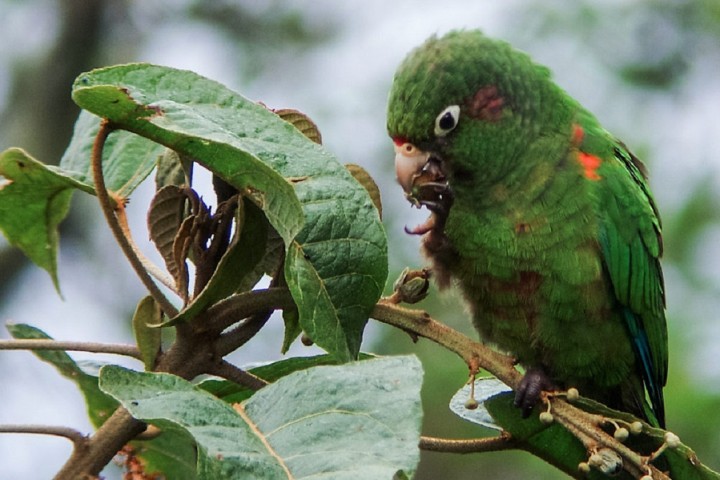To Avert a Mass Extinction, Protect 1 Percent of Earth

For the study, experts mapped the wilderness still available to rare and threatened plants and animals. They then identified hotspots for rare wildlife that have yet to be protected. In total, they found 16,825 such sites, which together span an area smaller than Wisconsin.
Experts put the cost of protecting these sites at $263 billion, less than the yearly revenue of Shell Oil. The findings were published in Frontiers in Science.
Earth, over its long history, has seen five mass extinctions, and many experts believe that, by burning fossil fuels and destroying wilderness, humans are now causing a sixth. To avert a crisis, countries have set a target of protecting 30 percent of land and sea, but there is much debate as to which areas are most deserving of protection.
Some scientists have warned that by focusing too much on the size of protected lands, officials may fail to safeguard areas that are especially rich in wildlife. Authors of the new study are pushing to prioritize hotspots for rare species, arguing that protecting these areas would be sufficient to stave off a sixth extinction.
“What will we bequeath to future generations? A healthy, vibrant Earth is critical for us to pass on,” said lead author Eric Dinerstein, an analyst at the environmental nonprofit Resolve. “So we’ve got to get going. We’ve got to head off the extinction crisis.”
Source: YaleEnvironment360

